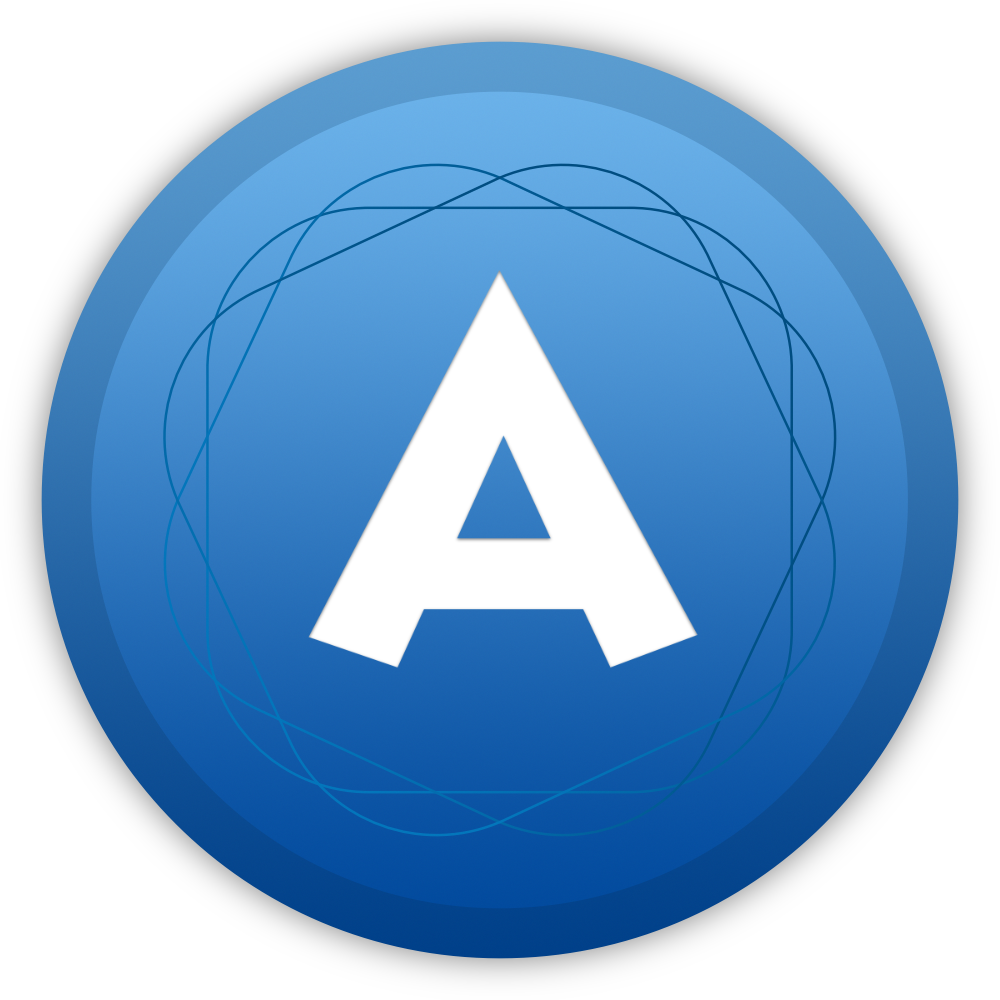I'll be the first to admit, when you open Automator for the first time, it may seem a little intimidating. If that's how you feel, don't stress it... you're not alone. To help make things a bit easier for you, let me explain two fundamental concepts of Automator: the "New document" prompt and the User Interface (UI).
When you first open Automator, you will be prompted to create a new document. As you can see, there are a total of seven (7) options to choose from:
Here's a quick summary of what each of the new document options can do for you:
Workflow
Workflows can be run from within Automator.
Application
Applications are self-running workflows. Any files or folders dropped onto an Application will be used as input to the workflow.
Service
Services are contextual workflows available throughout OS X. They accept text or files from the current application or the Finder. Services appear in the Services menu.
Print Plugin
Print plugins are workflows that are available in the print dialog. They accept PDF versions of the document being printed.
Folder Action
Folder Actions are workflows that are attached to a folder in the Finder. Items added to the folder cause the workflow to run and are used as input to the workflow.
Calendar Alarm
Calendar Alarms are workflows that are run when triggered by an event in Calendar. They receive no input.
Image Capture Plugin
Image Capture plugins are workflows that are available in Image Capture. They receive image files as input.
Not sure which one to choose? No problem. I usually start with a simple "workflow" to begin the creative process. One thing to keep in mind... regardless of which document type you start with, you can always convert it to another type in the middle of your project by going to File | Convert To.... Not all is lost if you start with the wrong document type.
Now that we have chosen the type of document to create, click "Choose" to create your canvas. This brings us to the second area I wanted to cover... the User Interface (UI). If you think it's a little confusing, stick with me and I will explain what each of the areas can do for you, using the graphic and text below:
(1) A Library column on the left, sorted by application or category, containing a list of all of the Automator actions installed on your computer
(2) An Action column in the middle displaying the available actions for the selected application or category
(3) A search field for quickly locating actions to add to the workflow
(4) An information box on the bottom-left to provide helpful information about a selected action
(5) A workflow pane on the right side of the window, where you drag actions to build your “automation recipe"
Now that we understand the various components of the UI, it's time to start building our first workflow. Yeah, that's right... we're jumping in feet first! Don't worry, we'll make the first app really simple to help you get your feet wet.
First of all, we're going to create a new "workflow" document. Once the document has been created, let's do a search for "new folder" using the search feature. This will return a list of one item (which happens to be called "New Folder"). Drag that action onto the workflow pane. It will look something like this:
Before we can run this workflow, we need to give the action a little more information. Specifically, we need to give it the name of the new folder that we want to create, as well as tell it where to create the folder. There are two ways to accomplish this:
- We can hard-code the information in the action itself using the two obvious fields. This may not make a lot of sense for this example, but when you start building more complicated workflows with multiple steps, it may make more sense.
- We can have Automator prompt you for the name and location when the workflow is run.
In this example, we will have Automator prompt us for the information. To do this, we need to click on the "Options" button at the bottom of the action, and select the "Show this action when the workflow runs" box.
Now, let's run our workflow! To do this, all we need to do is press the "Run" button in the top right corner. When you run the workflow, you will notice that it will prompt for the name of the new folder as well as the location. Go ahead and create a new folder called "Test Folder" on your Desktop> Press "Continue" to continue running through the rest of the workflow. Once the workflow finishes, you will see that your new folder has been created on your Desktop.
Congratulations!! If you made it this far, you should have a pretty good idea of what Automator can do for you, how to navigate around the user interface, and have created your very first workflow!!




